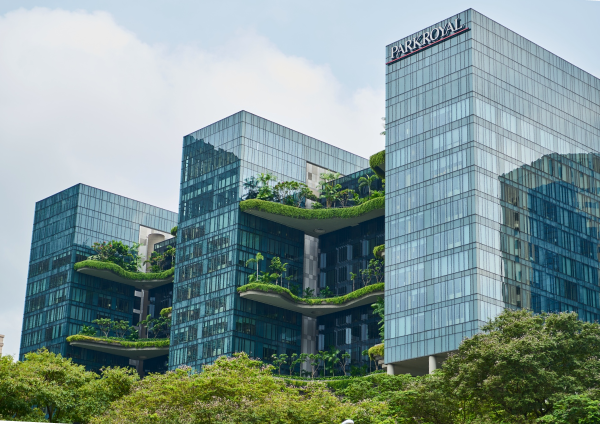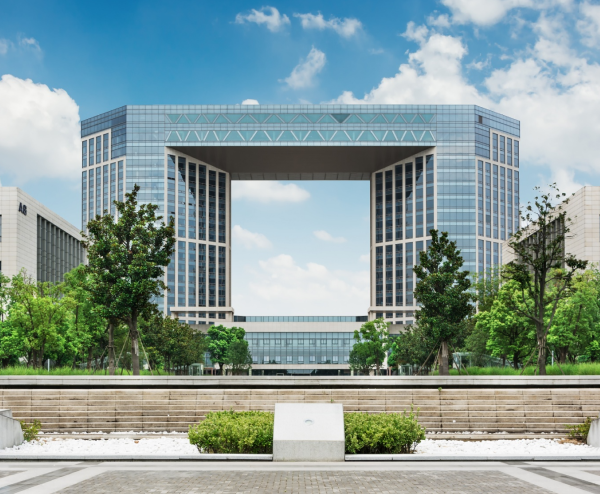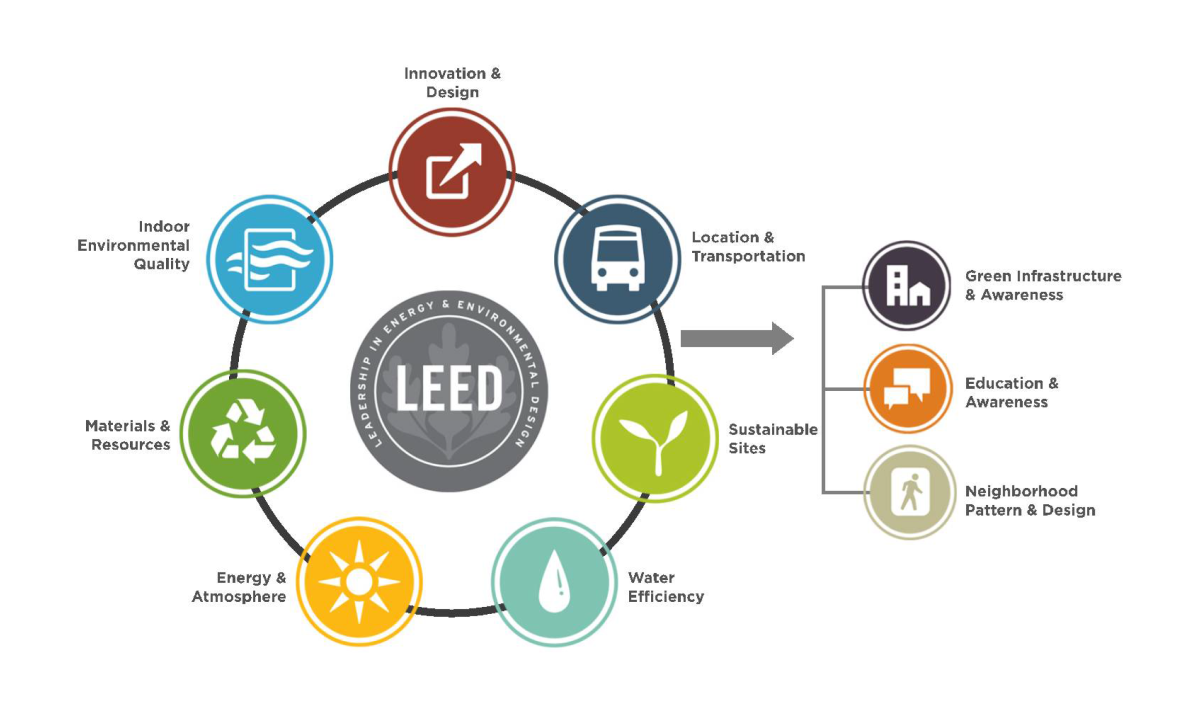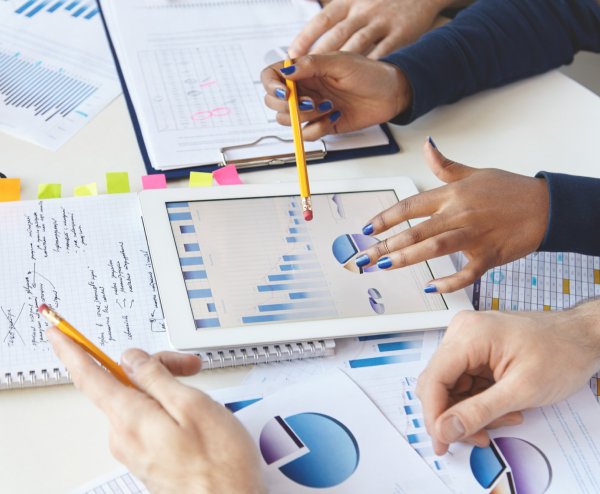Sustainability
At AcePLP, sustainability is embedded in the way we deliver digital solutions for the built environment. We believe that better data enables better decisions—and that starts with open, accurate, and accessible information. Through our commitment to openBIM, we support project teams in designing, building, and operating assets that are more resource-efficient, resilient, and future-ready.
By enabling interoperability across disciplines and platforms, openBIM allows data to flow seamlessly throughout the building lifecycle—from early design and carbon-conscious coordination to construction optimisation and smart facilities management. Our digital workflows are structured to reduce rework, minimise waste, and support long-term asset performance.
Whether supporting Green Mark compliance, enhancing digital FM strategies, or aligning with sustainability targets, AcePLP works with clients to turn information into impact—using openBIM to build a more sustainable built environment, one model at a time.




